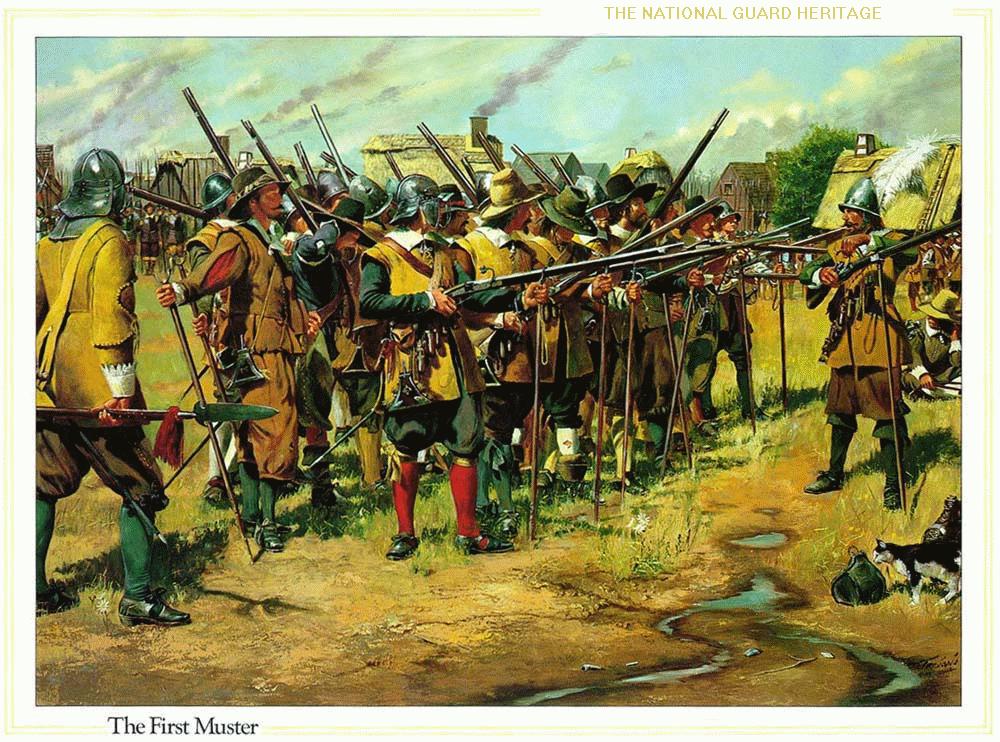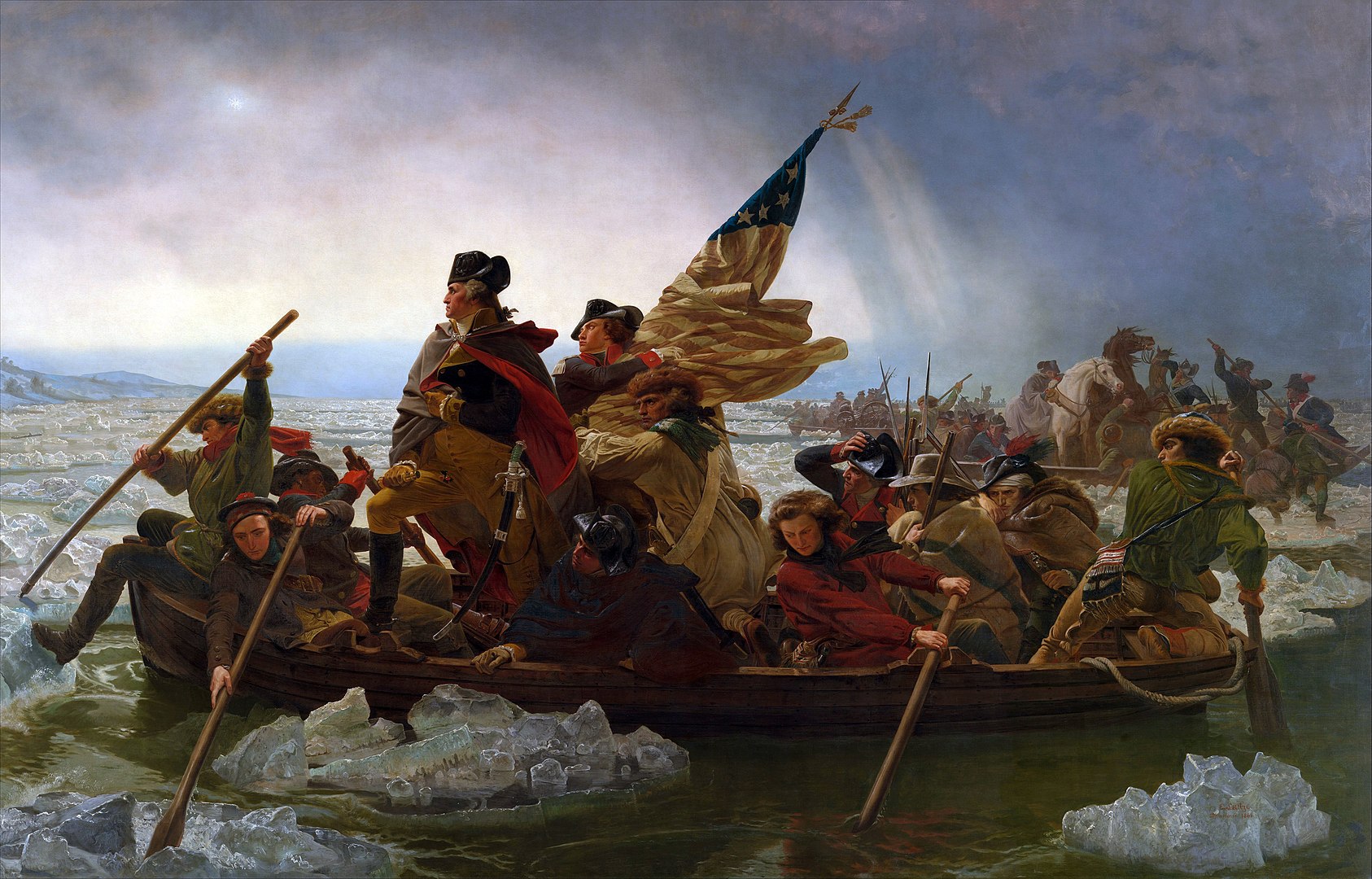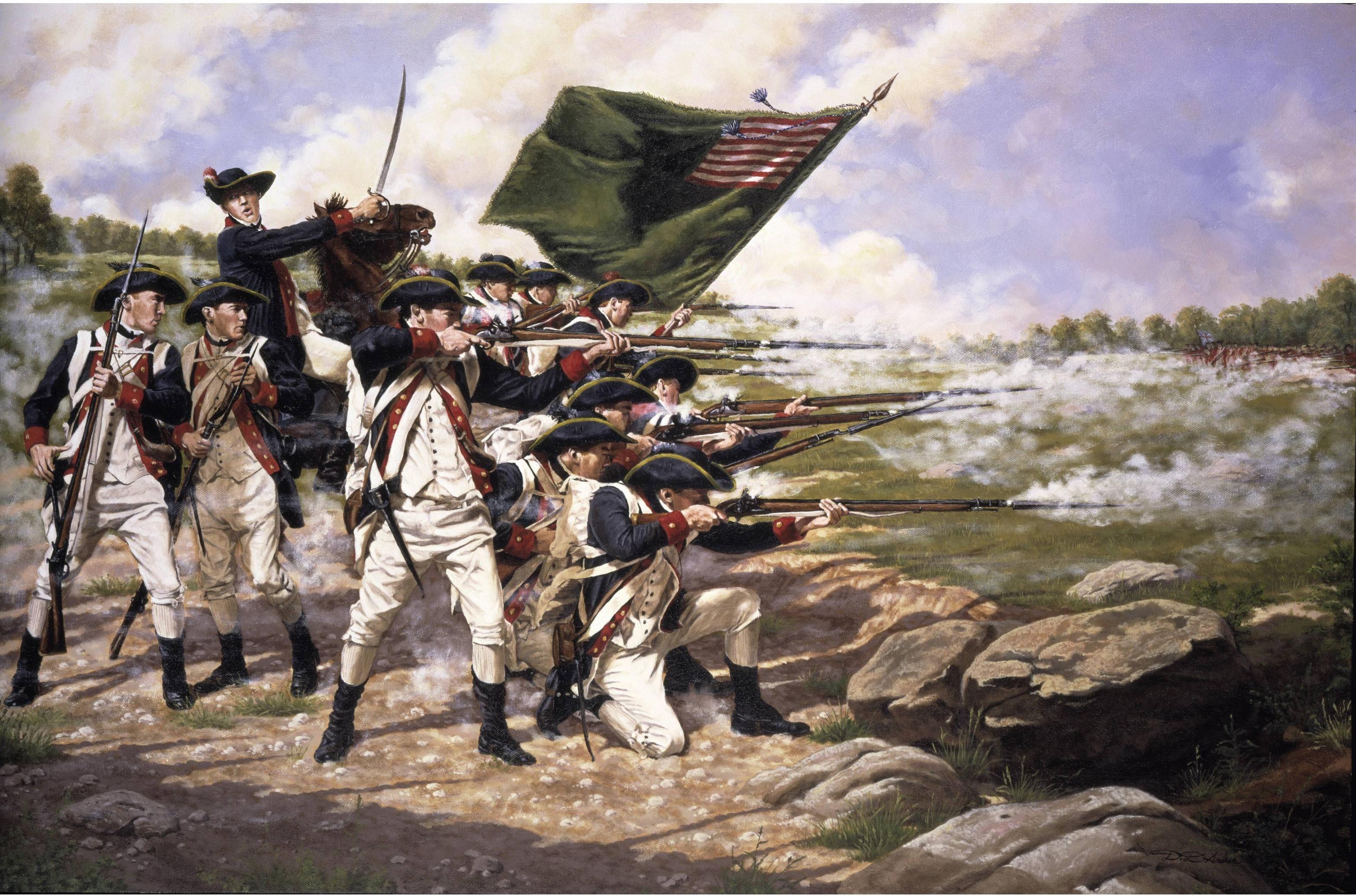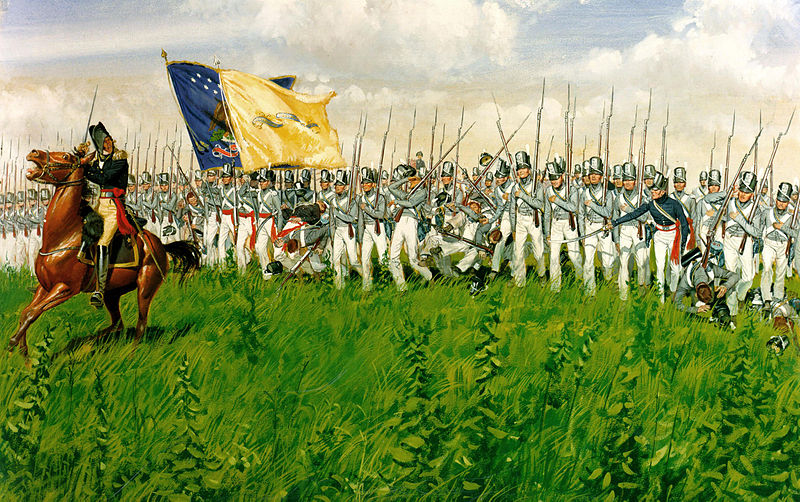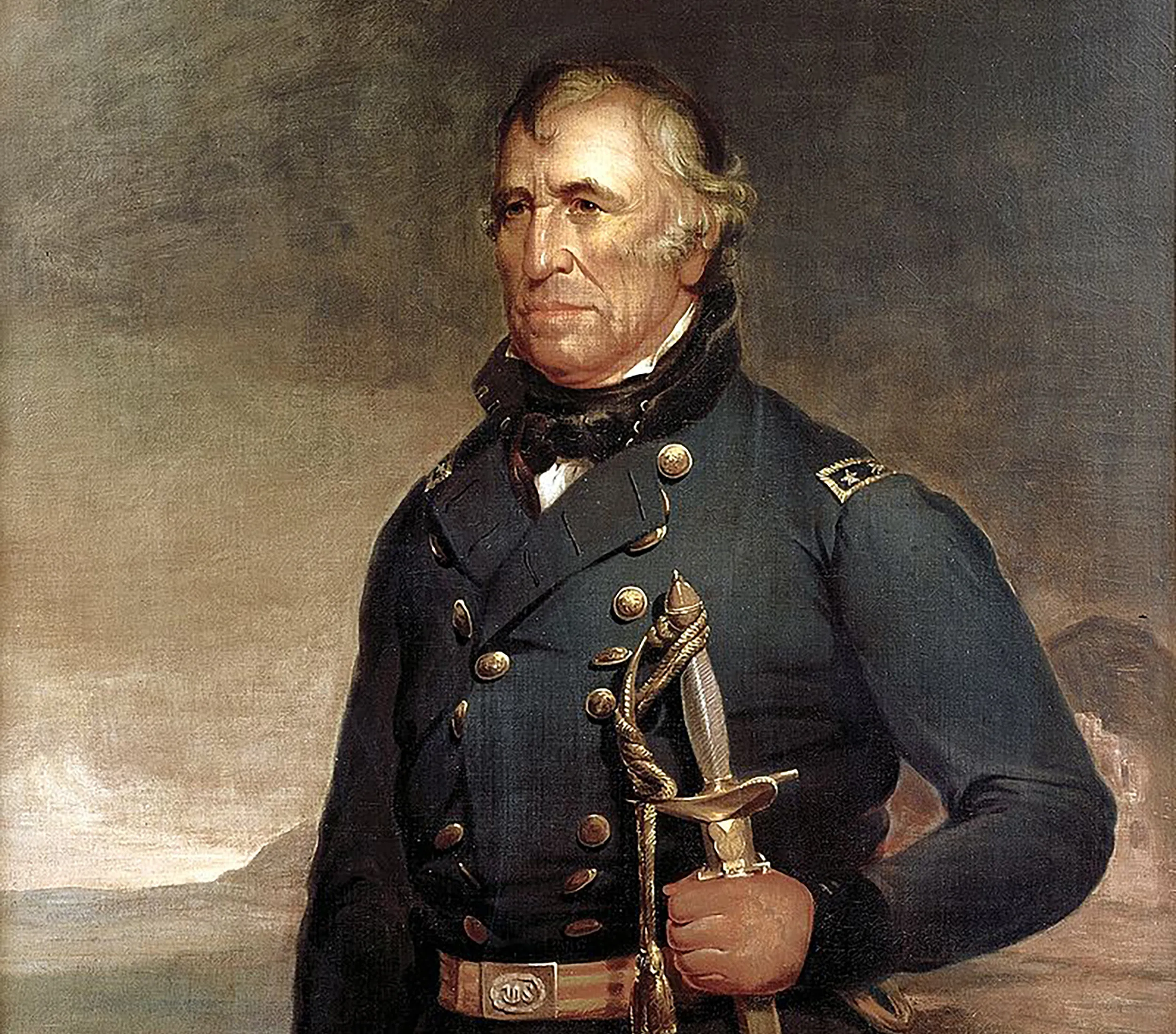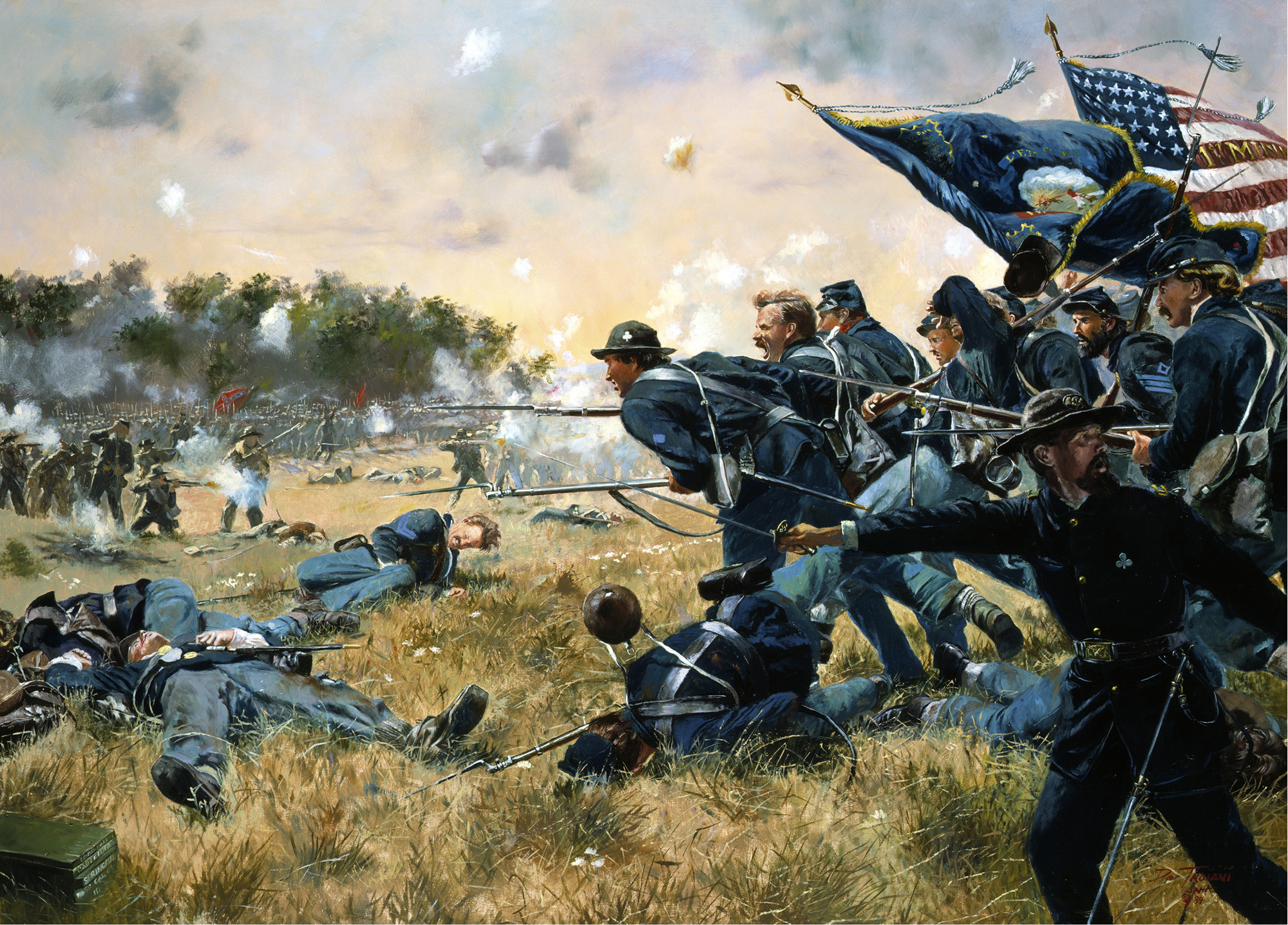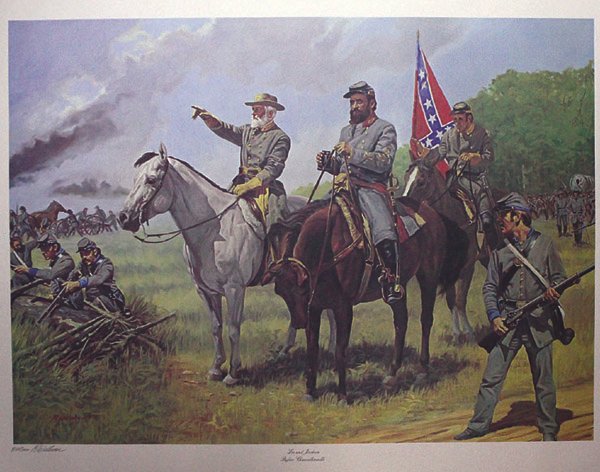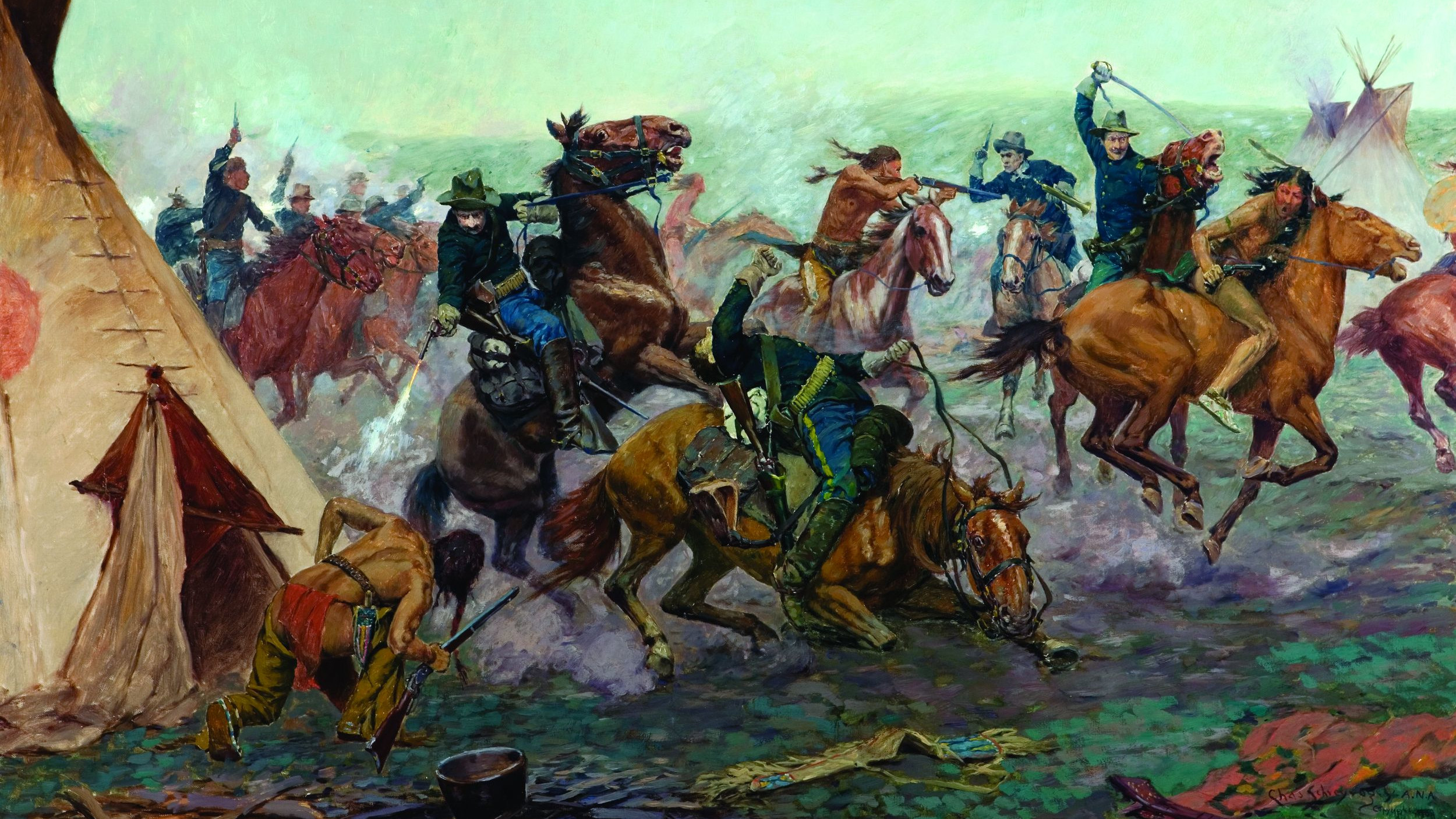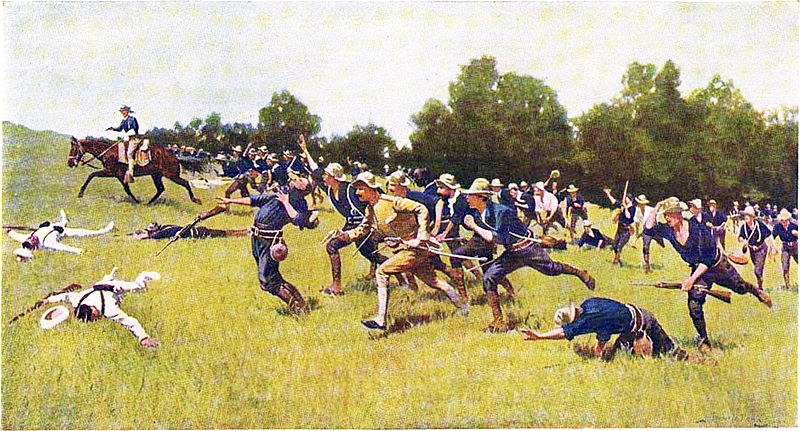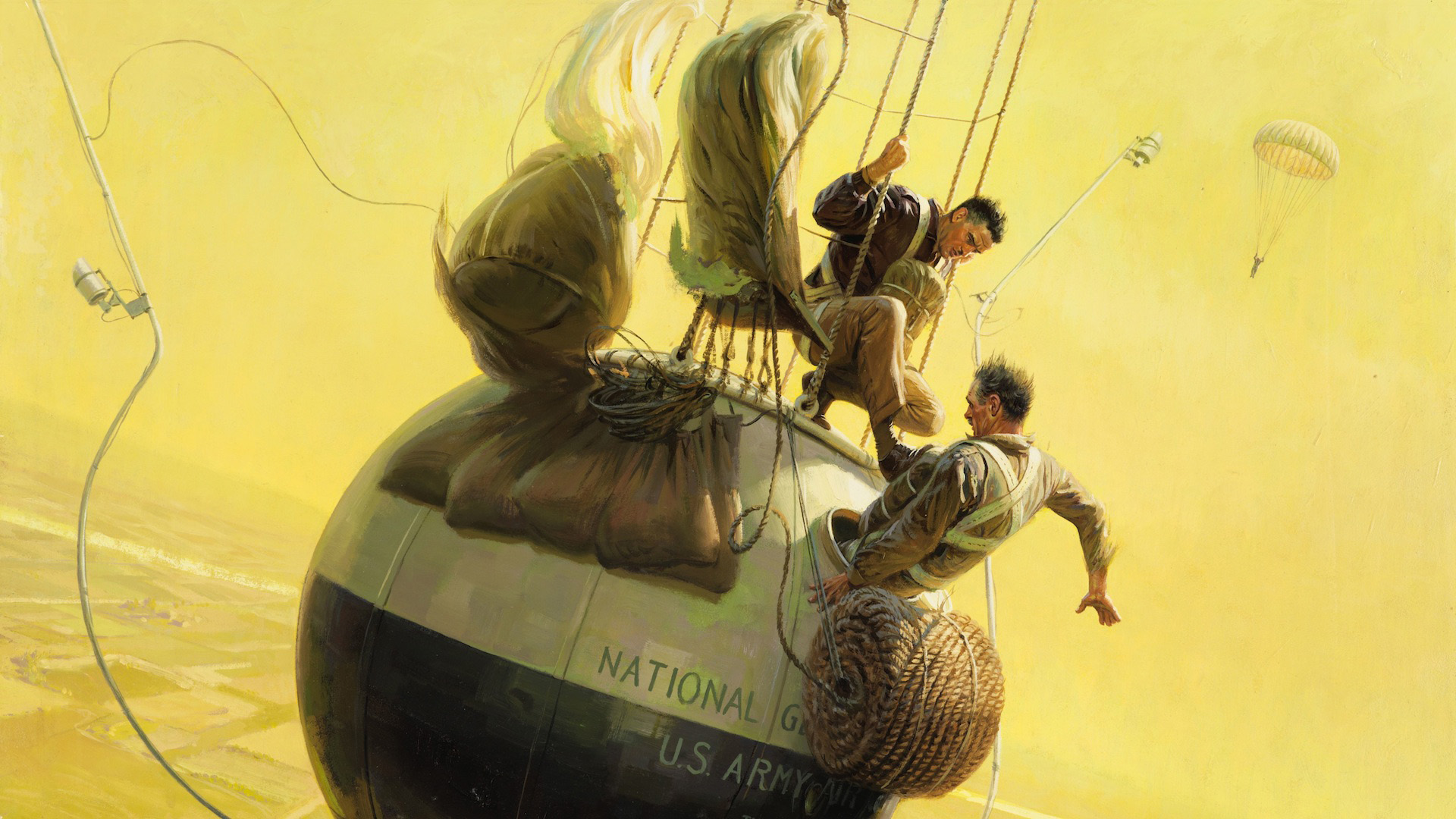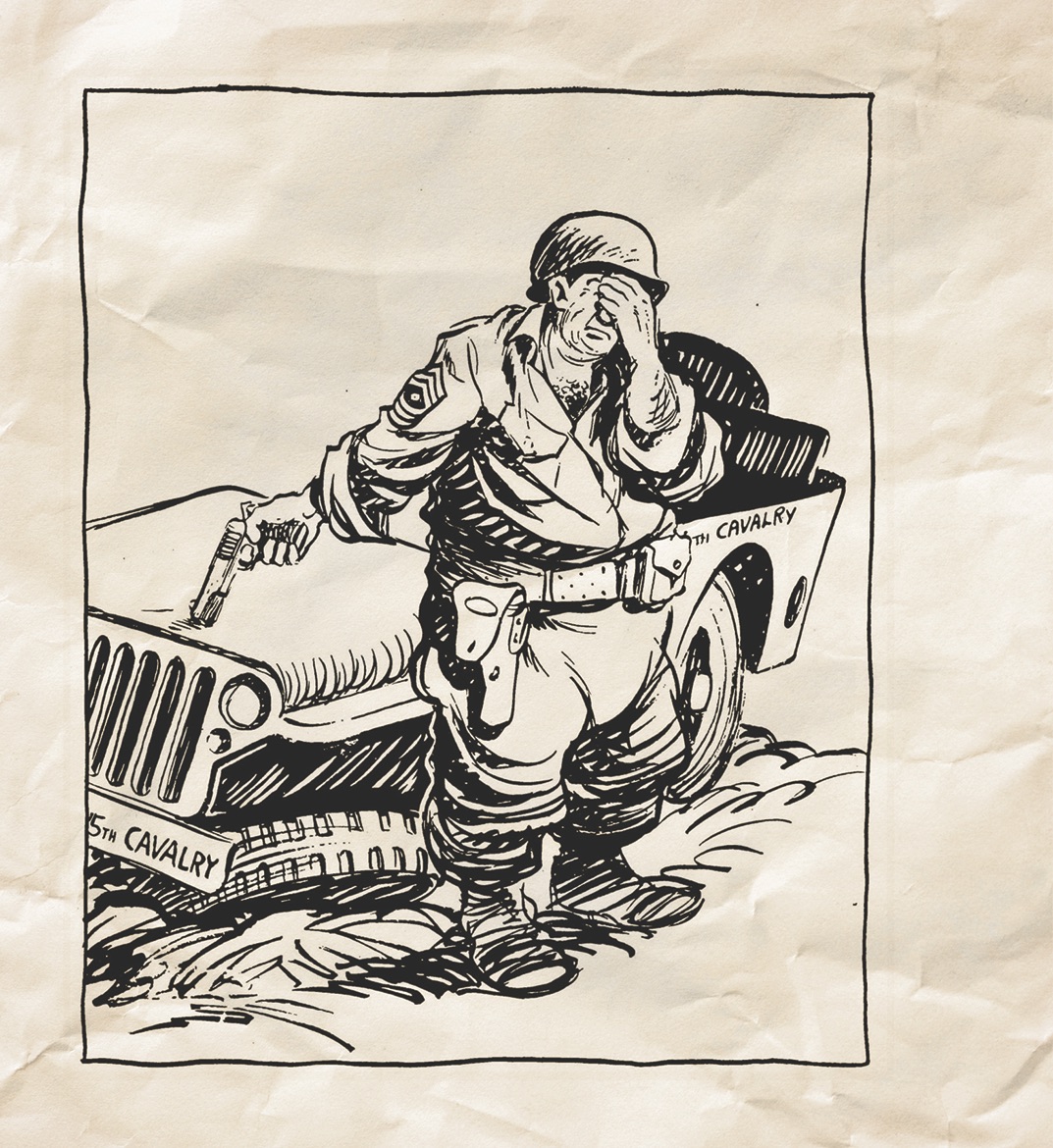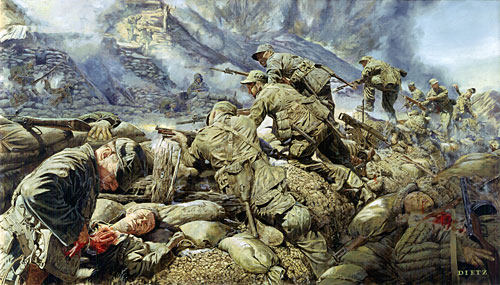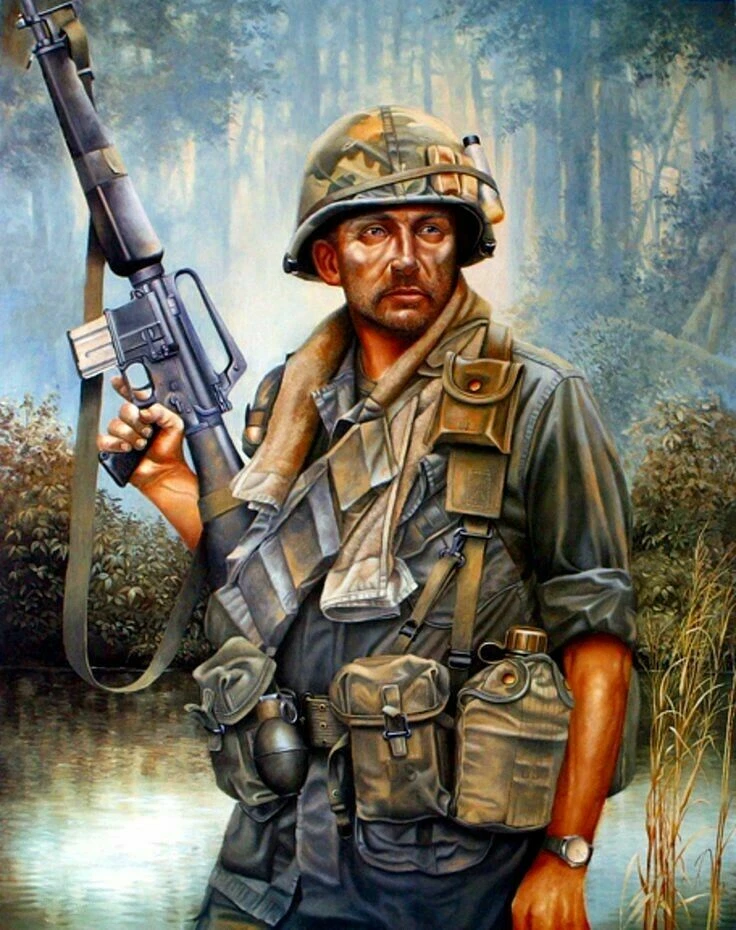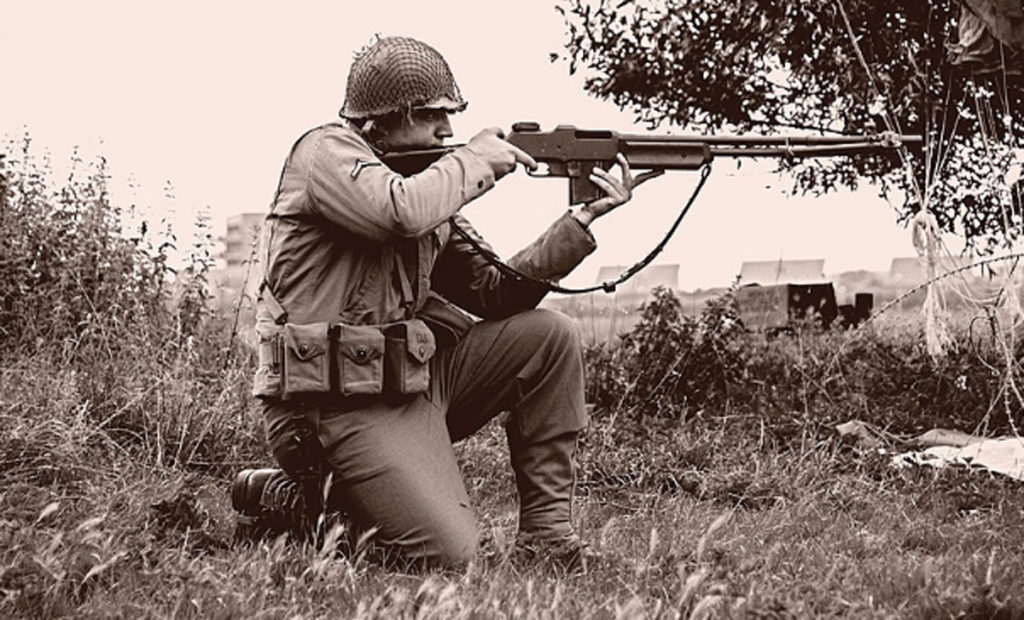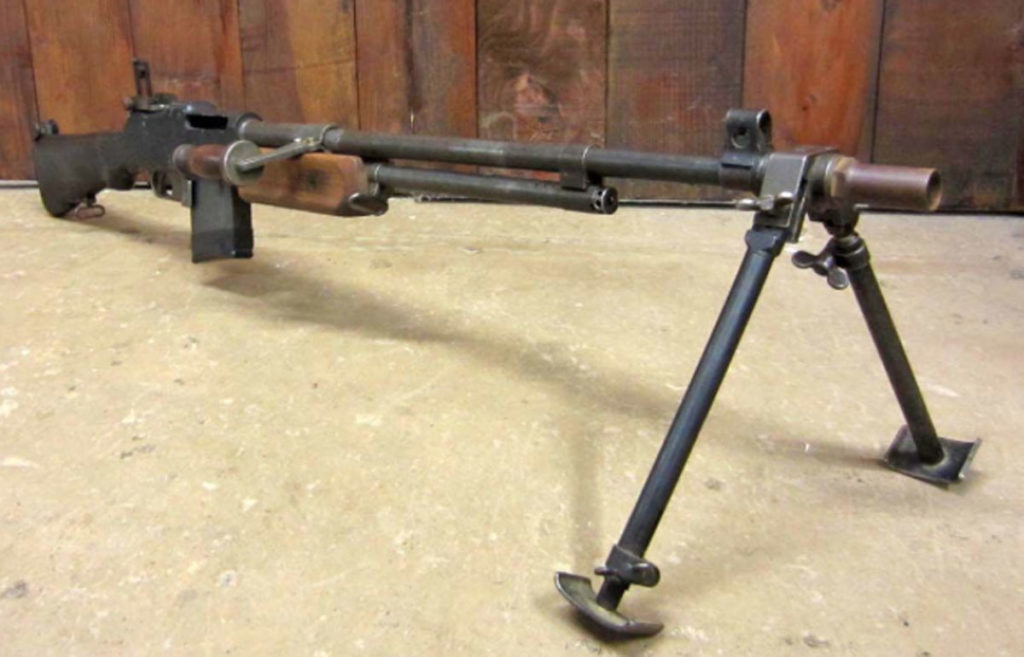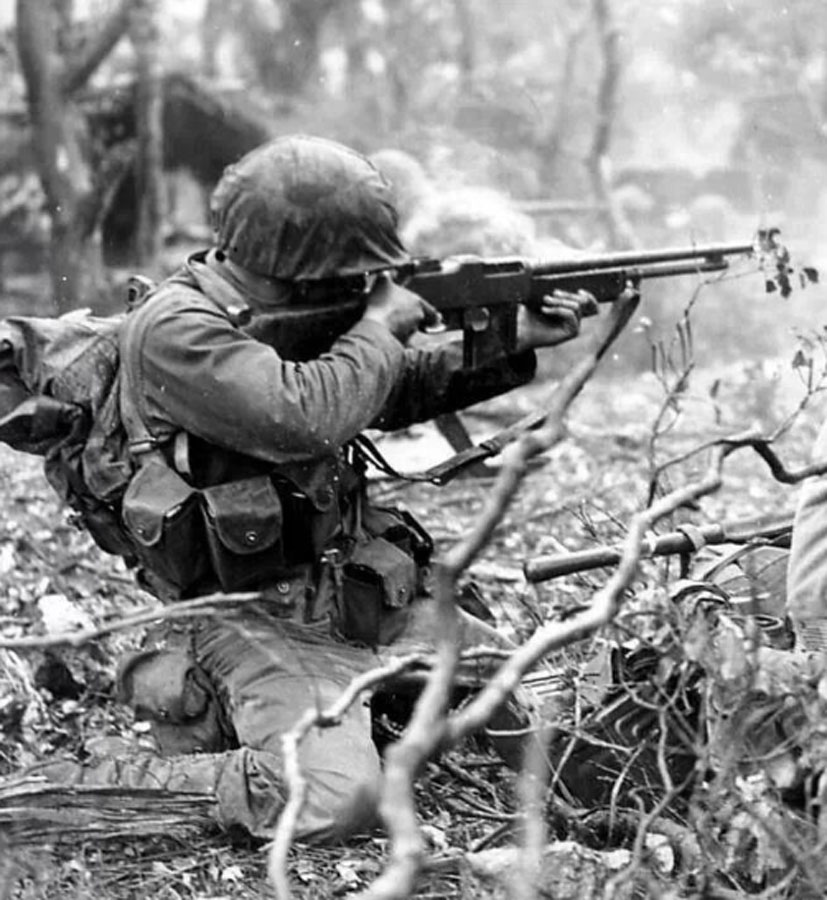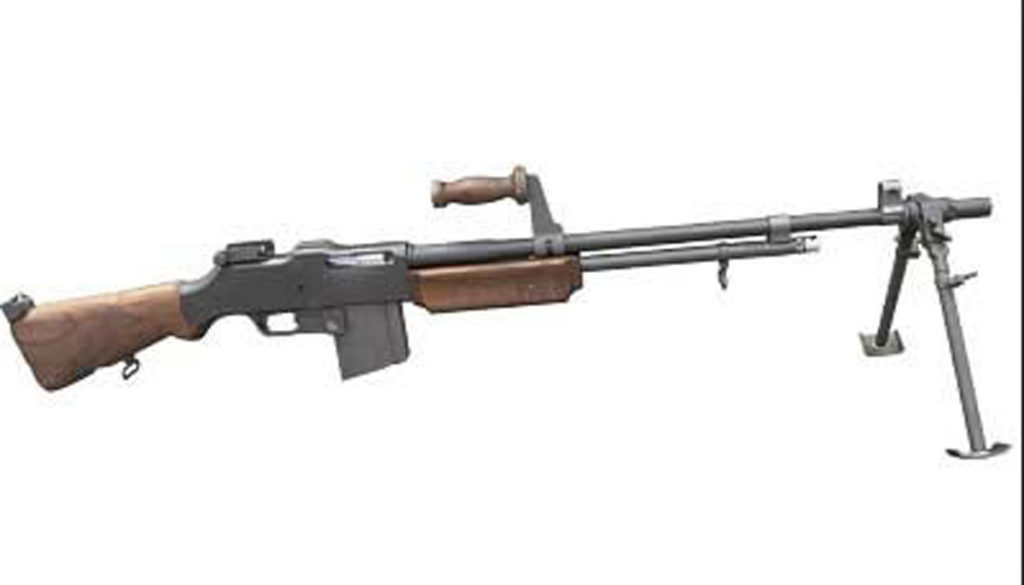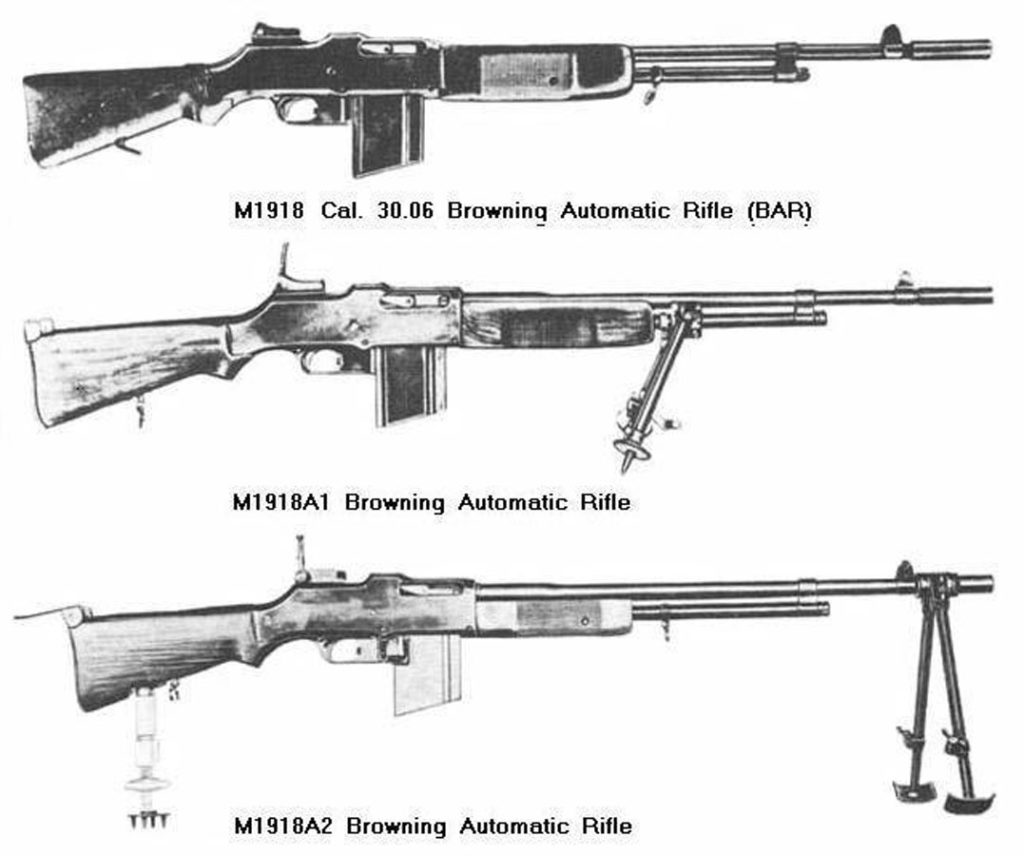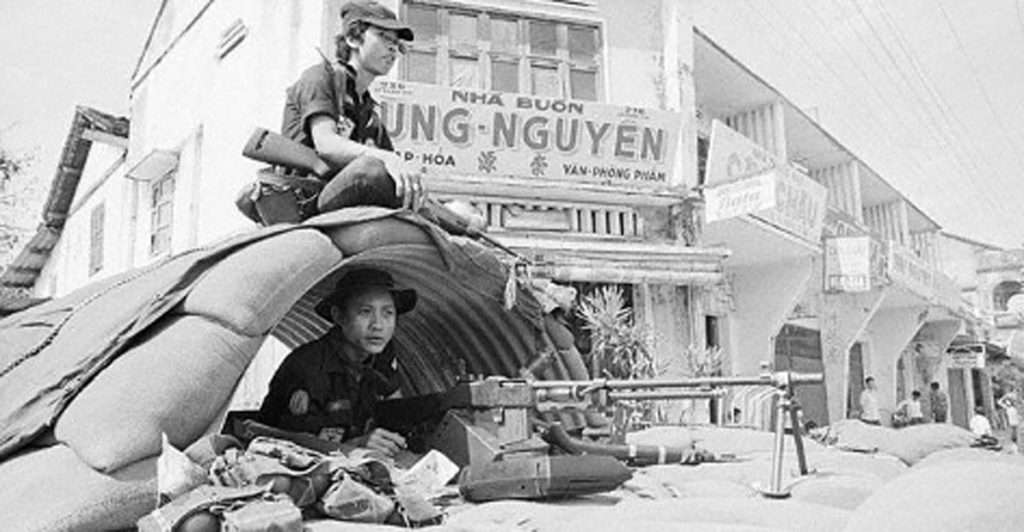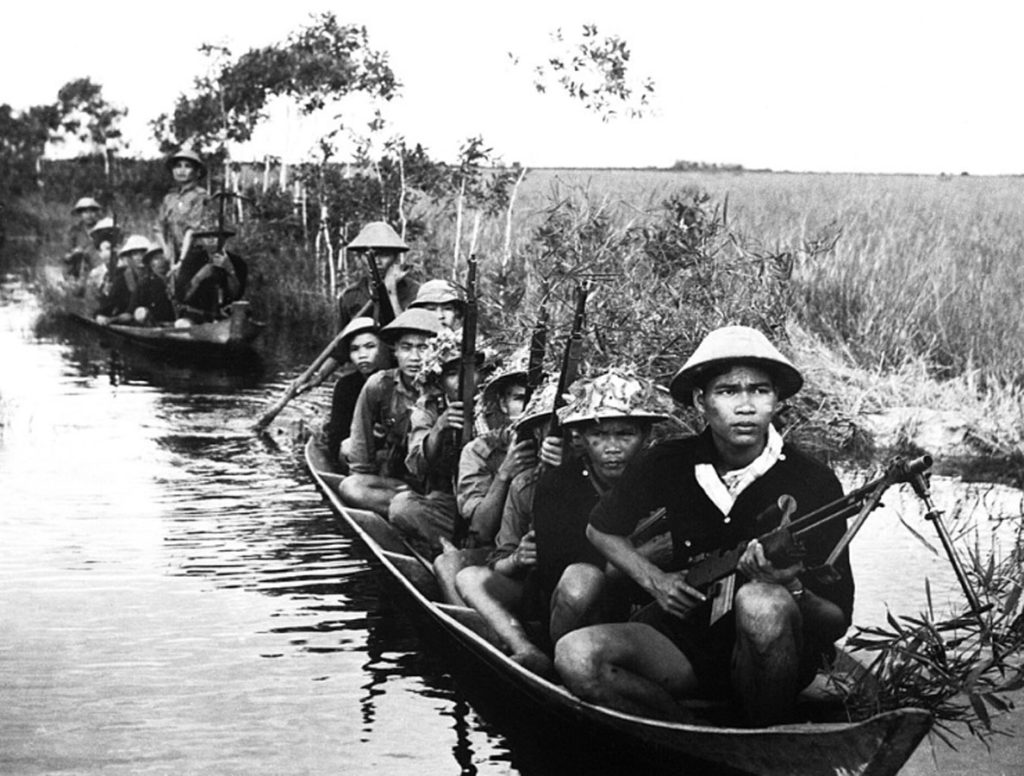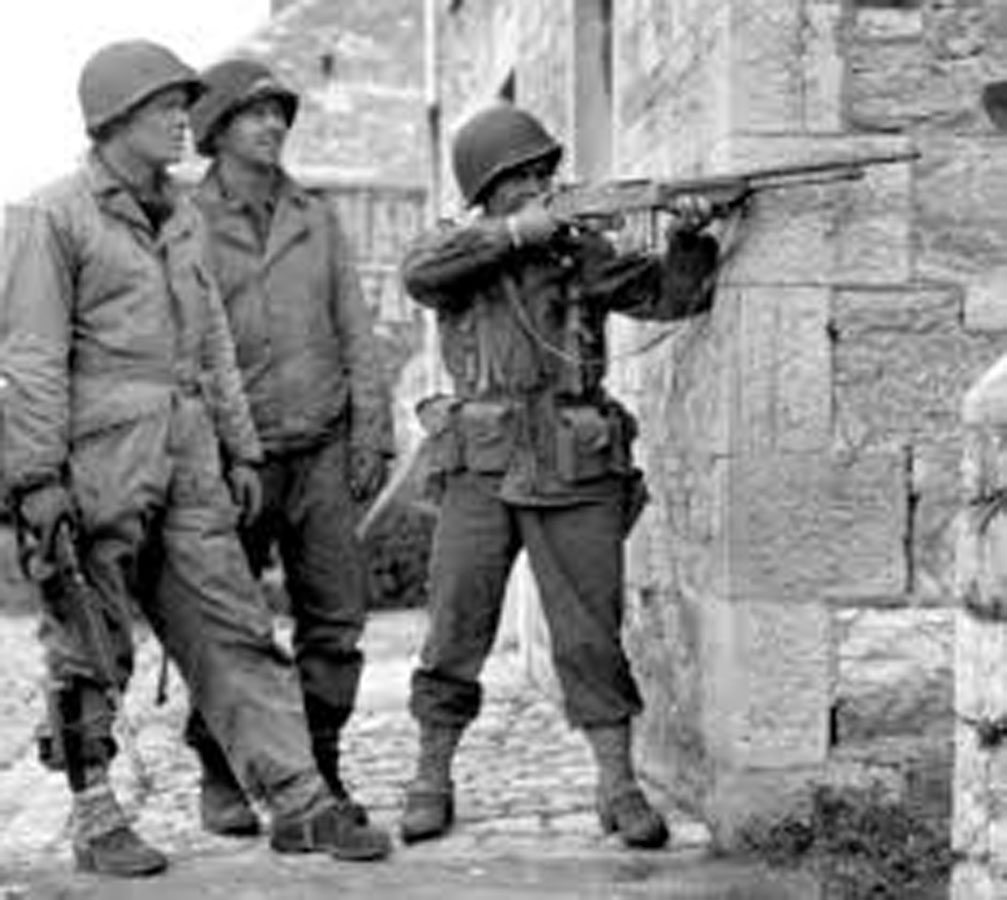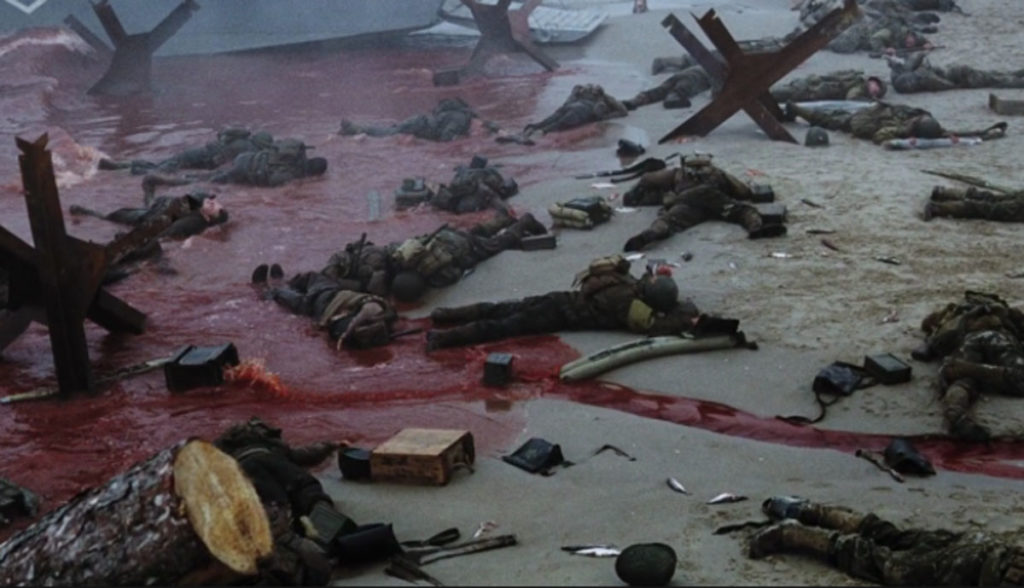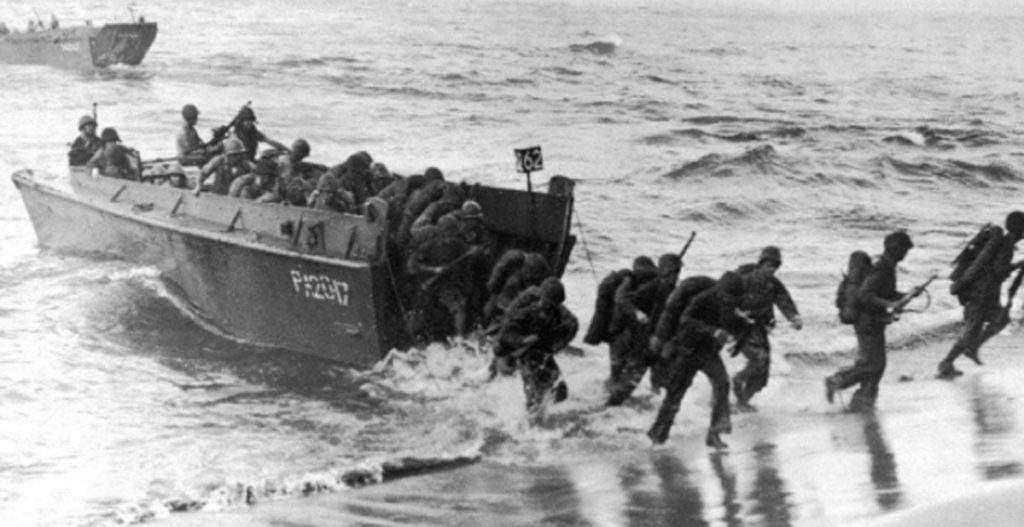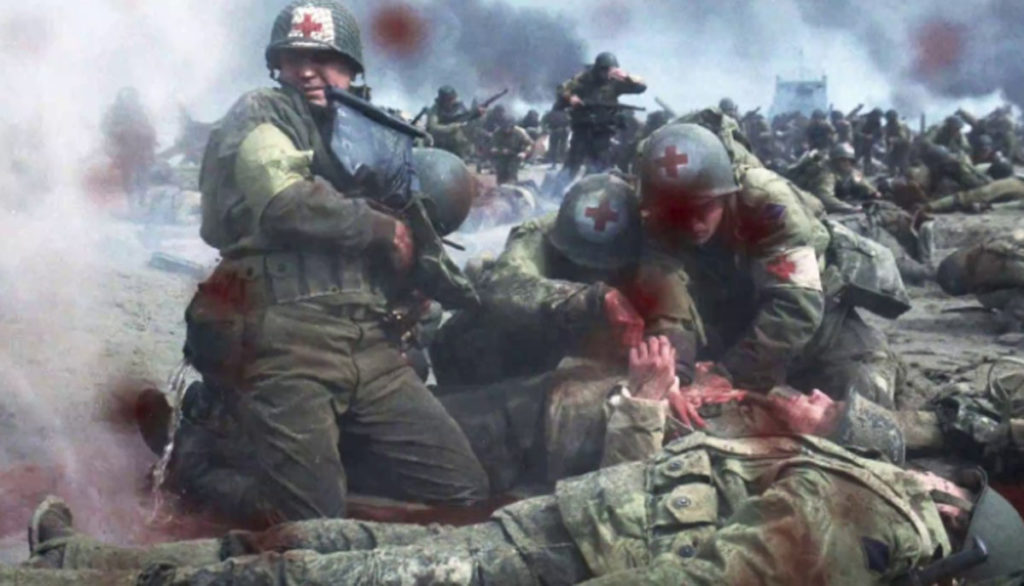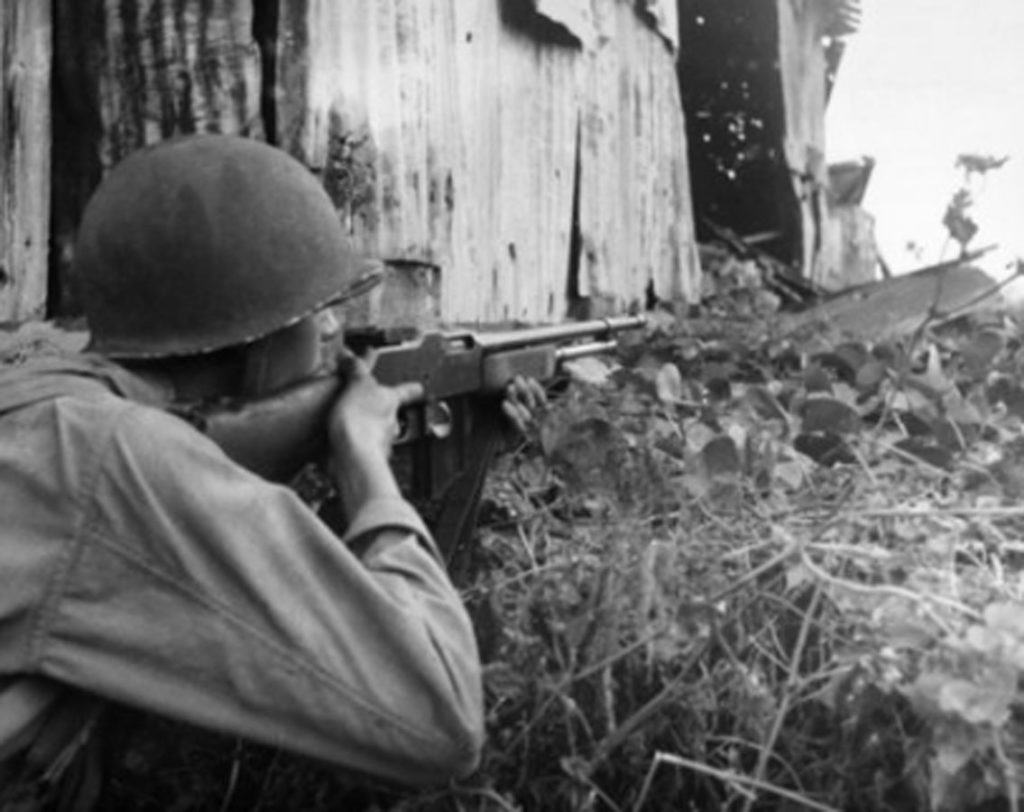Category: The Green Machine
Mr. Roberson was an unassuming old guy who looked like everybody’s grandfather. Whenever he came to the clinic he always wore the same uniform—a pair of bib overalls over a pressed collared shirt buttoned at the neck and wrists along with a dapper ball cap. When first I saw him as a patient it was for arm pain.
My friend carried fragments from a German Stielhandgranate in his arm for more than half a century.
I asked him to unbutton his sleeve so I could take a look and noticed a mass of scars on his forearm. I innocently inquired as to the source. He quietly explained that he still carried fragments from a German potato masher grenade left over from World War 2.
It turned out that Mr. Roberson was my neighbor down the road, and he ultimately shared a lot of stories. A literal lifetime before this unassuming Mississippi farmer carried a Browning Automatic Rifle as a member of the 5th Ranger Battalion in World War 2.
On June 6th, 1944, he landed in the first wave on Omaha Beach fighting alongside the 116th Infantry Regiment. We’ve all seen Saving Private Ryan. That was his unit. That was this man.
My buddy endured some unspeakable hardships.
Mr. Roberson told me when he first met Patton the General was railing that Eisenhower was not moving fast enough.
He lost two toes at the Battle of the Bulge and barely survived the Huertgen Forest. He met General Patton twice. He said Patton was as profane and flamboyant in person as the movie made him out to be.
When the war was finally over he rode a packed troopship back across the Atlantic, encountering a vicious storm en route. He said that was the most terrified he was throughout the war. He said that storm was worse than D-Day because he was afraid the ship would capsize and he would drown.
When he finally got home his mother threw a party. Friends and family came from all around to celebrate his safe return. When everyone finally went home he found that his mom had left his bedroom exactly as it had been before he had gone off to war. She bid him good night, changed into her nightclothes, and went to bed herself.
As he lay there in the darkness he told me that he just couldn’t do it. After nearly a year under fire, he found that he could no longer sleep above ground. He tipped out into the backyard, retrieved a shovel from the woodshed, and quietly dug himself a hole. His mother subsequently heard the noise and went out in her nightgown to investigate.
When she came upon her young son curled up in that hole in the backyard and realized for the first time what he had been through she fell to her knees and wept. As I sat there in the clinic across from this soft-spoken old guy I was struck speechless.
The BAR in Action

The Browning Automatic Rifle was a bulky but effective support weapon that was generally well liked despite its flaws.
Mr. Roberson told me the BAR was just sinfully heavy but a superb fighting weapon. He was a small-statured man, and his BAR weighed 19 pounds. However, these were no ordinary men.
At one point Mr. Roberson was crouched in a roadside ditch along with a small reconnaissance patrol counting German tanks as they roared by mere feet from where he was hidden.
After a group of enemy armored vehicles passed a German officer and his driver puttered up on a motorcycle equipped with a sidecar and stopped right in front of him. The officer stood up in the sidecar and began scanning the area on the opposite side of the road through a pair of binoculars. I’ll relate what happened next just as Mr. Roberson told it to me.
“I was hidden in the grass, and that German officer was peering off in the opposite direction. I thought to myself, ‘Those sure are some nice binoculars.’ I looked to the right and then to the left, and I didn’t seen any more German tanks. So I jumped up with my BAR—Blam, blam, blam, blam, blam…got ‘em both!”
“My Lieutenant ran up to me screaming, ‘Roberson! Have you lost your mind? Every Kraut in Germany is gonna be on top of us now!’ He chewed my butt something fierce, and we had to bug out pretty fast.”
Mr. Roberson then looked at me with a mischievous grin and said, “But I still got them binoculars!”
The Gun
The gun that Mr. Roberson carried across Western Europe was originally designed in 1917.
John Browning was the most prolific gun designer in human history. He held 128 patents at the time of his death.
The esteemed firearms luminary John Moses Browning created the BAR as a tool optimized for an obsolete mission. Back then it was felt that a self-loading selective-fire rifle-caliber gun that could be run from the hip would be the key to getting Allied troops up and out of the trenches.
The BAR was originally known as the Browning Machine Rifle and was intended to be used for walking fire across the blood-soaked battlefields of WW1.
Early BAR web gear even included a metal cup on the side that would support the buttstock during this “walking fire.” In practical application walking fire didn’t work out so well.
The French Chauchaut has been rightfully denigrated for its sordid performance during WW1. It was in actually well ahead of its time.
At the time of its introduction, US Doughboys were wielding French Chauchaut and M1909 Benet-Mercie machine guns. In fact, in 1917 the US Army only possessed 1,110 machineguns of all sorts. In response, John Browning developed the BAR, first called the Browning Machine Rifle, along with the M1917 water-cooled belt-fed machinegun.
John Browning demonstrated both the BAR and the M1917 belt-fed machinegun during a public exhibition in Washington DC.
Browning personally brought examples of both to a public firepower demonstration at Congress Heights in southern Washington DC before military leaders, congressmen, senators, foreign dignitaries, and the press. He left with a contract for 12,000 BARs.
Most of America’s arms manufacturers were already operating at capacity producing weapons for our Allies embroiled in combat in Europe. As a result, production of the BAR was hastily contracted out to Colt, Winchester, and Marlin-Rockwell. The first batch of 1,800 included some out of spec parts. However, once the initial kinks were ironed out we produced roughly 9,000 guns per month.
The first BARs arrived in France in July of 1918, and they entered combat in September. The first BAR fired in anger was wielded by 1LT Val Browning, John Browning’s son. The gun saw extensive use in the Meuse-Argonne offensive and roundly impressed those who encountered it on both sides of the line. Though the BAR was in action less than two months before the war ended, it created a lasting impact.
Details
The BAR was a selective-fire, gas-operated, long-stroke piston-driven gun that fed from a 20-round box magazine. The limited capacity of the magazine and the lack of a quick-change barrel along with its prodigious weight were always the gun’s greatest weaknesses.
The BAR saw several upgrades over the decades and was used extensively in World War 2, Korea, and, to a lesser extent, Vietnam. The M1918A2 sported a fire selector that offered two rates of fire and a removable bipod.
The Prohibition-era gangster Clyde Barrow was a big fan of the BAR. He had three of the big guns in his car the day he was killed. The whereabouts of these three BARs today is unknown.
The gun was also looted out of National Guard armories by motorized bandits during the Prohibition Era. Clyde Barrow was a serious fan.
The Colt Monitor stemmed from an effort to make the BAR lighter and more portable. Though they were available for unrestricted civilian purchase most of these specialist weapons went to the FBI. One was purportedly used in the ambush that killed Bonnie and Clyde.
The Colt Monitor Automatic Machine Rifle was introduced in 1931 and included a lightweight receiver, pistol grip, shortened barrel, and Cutts compensator. Only 125 were produced, but you could have bought one through the mail or over the counter at your local hardware store for $300. That’s about $4,600 today.
I’ve only fired a BAR once, and I recall that the gun seemed absolutely massive. The impressive weight and length did help keep those finger-sized .30-06 rounds under control, however. The weapon fired from an open-bolt and was adequately reliable despite egregious battlefield abuse. Quite a few WW2 dogfaces discarded their bipods to make the gun lighter and more maneuverable.
War, Geometry, and Life
The world when I was a kid was absolutely littered with WW2 veterans. 12% of the population served, and those guys came back from all that pain and gore ready to build and create. That is one of the biggest reasons the fifties were such prosperous times in America.
My high school geometry teacher used one of his wartime BAR anecdotes to illustrate mathematical principles.
My high school geometry teacher was a WW2 Infantrymen, and he interrupted class one day to relate a war story about mathematics.
While wielding a BAR in Europe he once surprised a German officer on horseback. The Wehrmacht soldier galloped away and he stepped out into the road and emptied the magazine of his BAR from the hip. When the smoke cleared the BAR was empty, and the German officer escaped unscathed. My teacher used that anecdote to illustrate some forgotten mathematical concept about probability. I don’t recall the particular theorem, but I clearly remember the war story.
Denouement
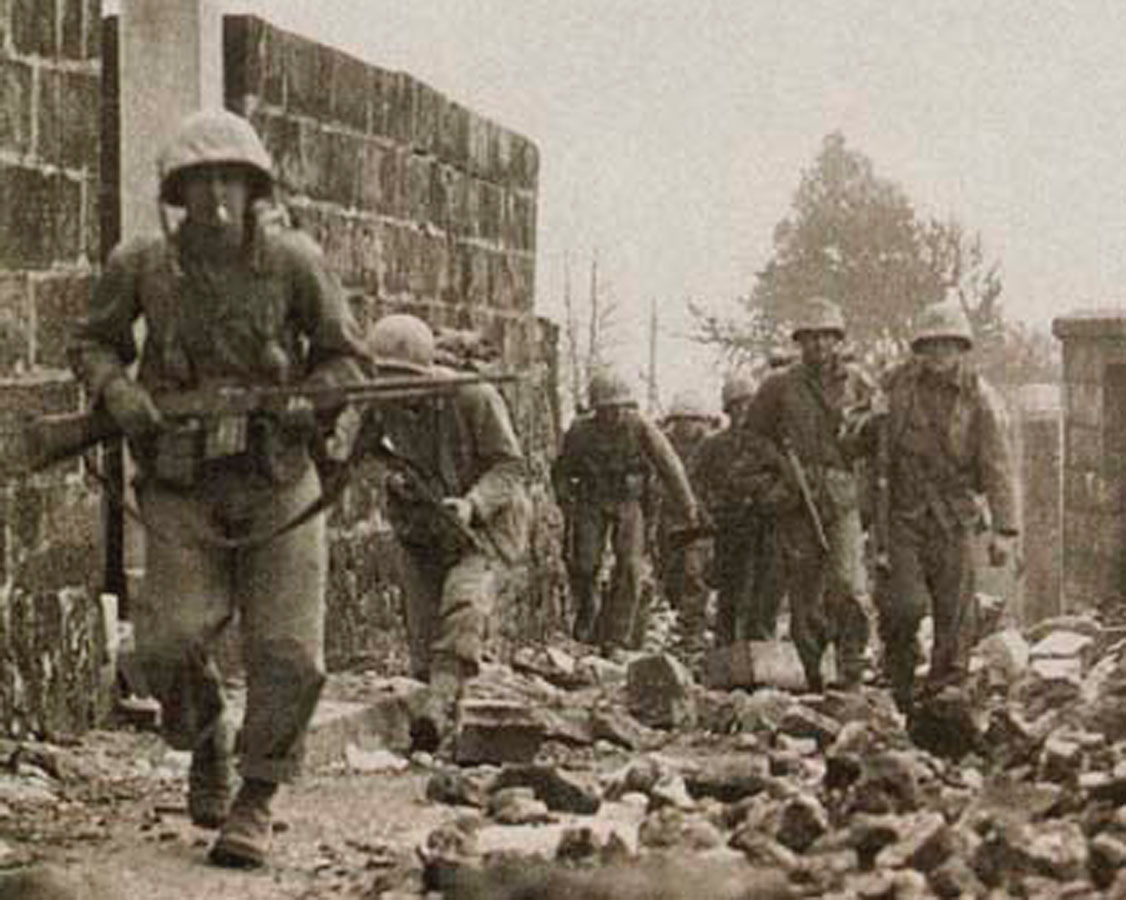
Most of us today have no idea what it cost to purchase our freedom.
Friends, we really have no idea. In 1945 PTSD wasn’t a thing. These guys, all sixteen million of them, left their homes to fight and die on foreign battlefields so that we could have the freedom to go to church, post stuff on the Internet, and gripe about the government. I once asked Mr. Roberson if he ever struggled with memories from the war. Well into his eighties this is what he told me—
“It used to scare my poor wife to death. I would wake up in the middle of the night sweaty and screaming, dreaming about the things I’d seen and the stuff I’d done. My wife’s been dead for fifteen years now, and I still wake up like that sometimes even now. But once I realize who I am and where I am and that I’m safe at home, I just laugh and laugh.”
Mr. Roberson died quietly of pneumonia five years ago. How can we ever hope to be worthy of a legacy like that?
5
What a pity!
Yeah its too pro American values and not the “new” normal! Nevertheless it makes me proud that I was once a very small part of the greatest killing machine that man has ever produced, Reagans Army.
Grumpy formerly of HHT 1/18th US Armored Cavalry Regiment 40th Infantry Division (The Flaming Asshole or a dozen 2nd Lieutenants pointing north)
40th Infantry Division (The Flaming Asshole or a dozen 2nd Lieutenants pointing north)
